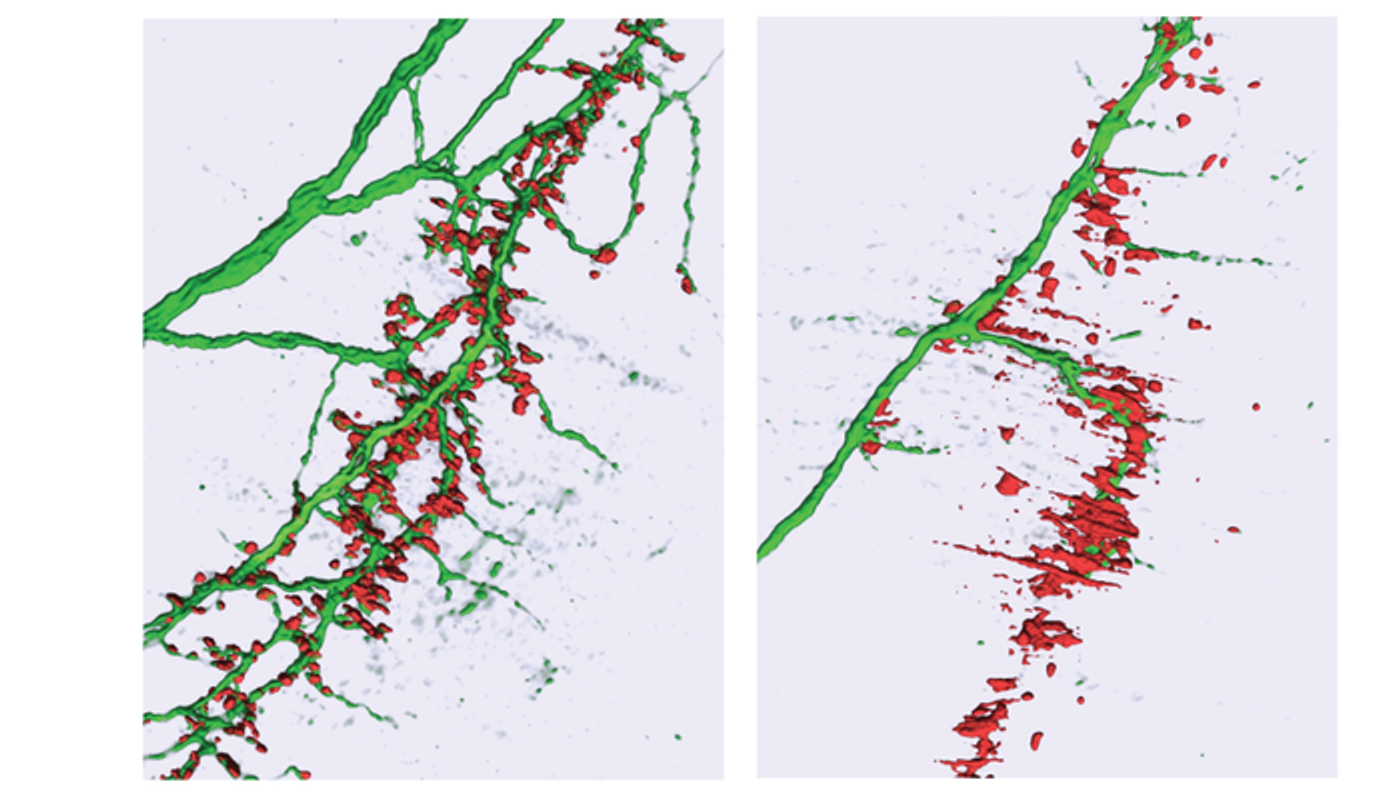Learning More About How a microRNA is Involved in ALS
At one point, researchers had to hunt through the parts of the human genome that code for protein to search for a mutation that was the cause of a hereditary disease. Advanced genetic and computational tools have vastly accelerated that research, and we've also learned a lot more about the genome and human disease along the way. For example, some diseases have been linked to changes in the structure of the genome, instead of its sequence, while other disorders have been associated with portions of the genome that do not code for proteins.
Amyotrophic lateral sclerosis (ALS) is a disease of the nervous system, which impacts neurons that control voluntary muscles. The disorder has seemed to have a genetic component, but the cause is still unknown. Several genes have been linked to ALS, and they are all connected to the production of regulatory molecules called microRNAs (miRNAs), which help control gene expression.
In a new study reported in Neuron, scientists have reviewed research that's assessed miRNA levels in ALS patients. One miRNA called miR-218 appeared repeatedly during that review; miR-218 was reduced significantly in people with ALS.
The researchers used a mouse model of ALS to assess the impact of various miR-218 levels on motor neurons. Muscle function is disrupted in ALS because of problems with motor neurons. The work revealed that miR-218 has different effects depending on its level. At somewhere between 7 and 36 percent of its normal level, muscle paralysis and death occured. If the level dropped below seven percent of normal in the mouse model, it was lethal.
It seems that certain levels of miR-218 are crucial for normal muscle function, and miR-218 is involved in the regulation of about 300 genes. Many of these genes play a role in the growth of axons from motor neurons that signal to muscle. Under 36 percent of normal miR-218 levels, motor neurons became inefficient at sending signals to muscles.
“Instead of acting like a simple switch, the molecule miR-218 is like an orchestra conductor of 300 musicians playing together,” explained study author and Salk researcher Neal Amin, Ph.D. now a postdoctoral researcher at Stanford University. “Instead of gradually telling all of the players to dim the volume of their instruments in unison, it’s telling some musicians to play more quietly and others to stop completely. It has a much more dynamic and complex control over gene function than we ever previously appreciated.”
Animal models will allow the researchers to investigate how variations in miRNA levels can have many different effects on other genes, and genes that are mutated in ALS. The researchers noted that this work may also have implications for other diseases that have been linked to changes in miRNA levels, such as schizophrenia.
“We think that these processes may also take place in other diseases related to genes and aging, including cancer,” said senior study author Salk Professor Samuel Pfaff. “Having a new way to create animal models of how genetic disease begins and how it progresses will allow us to get at the underlying mechanisms and a deeper understanding of these complex activities.”
The study authors are hopeful that even though the study relied on animal models, these findings will hold true for people and could eventually lead to new treatment insights.
Sources: Salk Institute, Neuron









